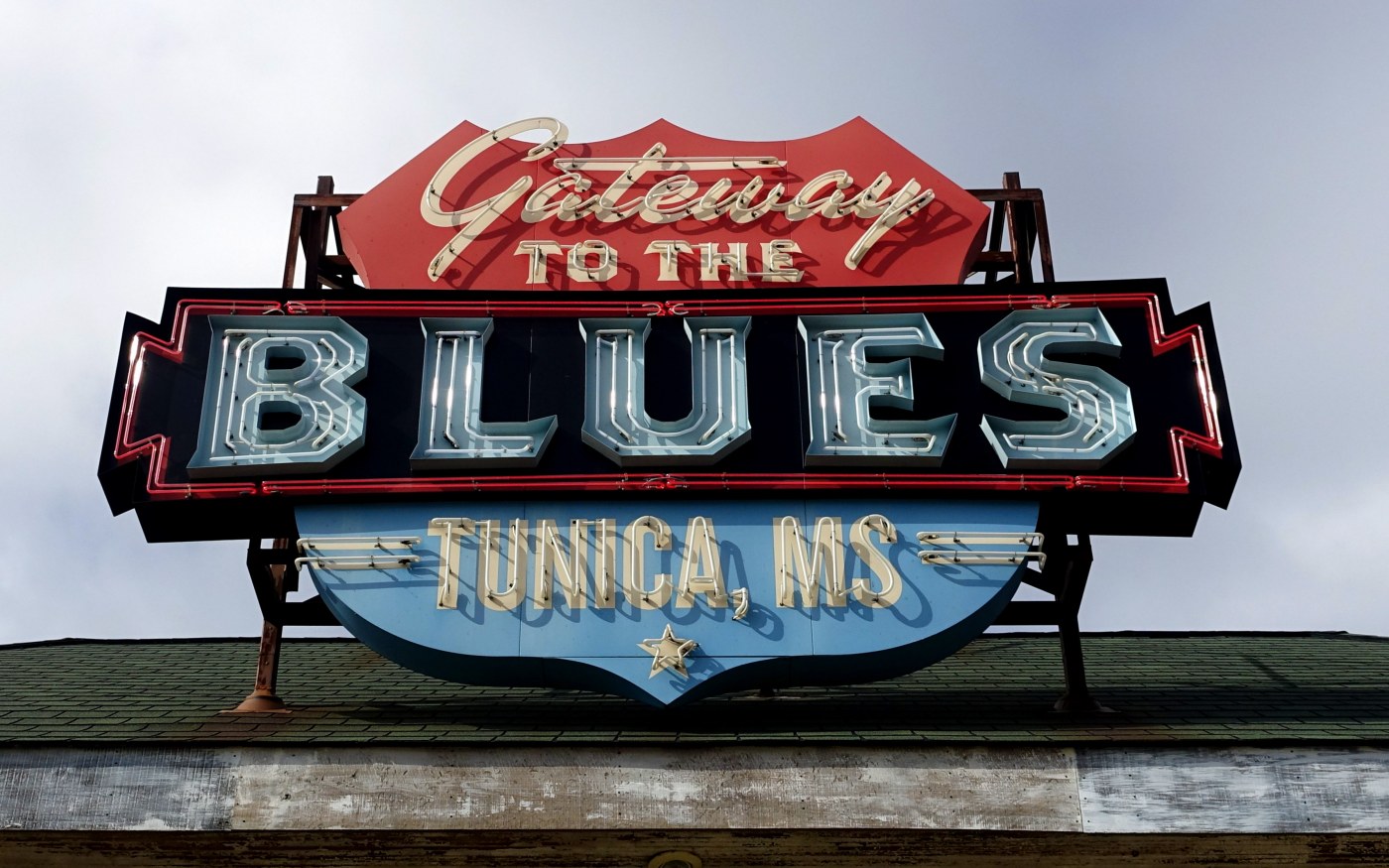Having a love of the blues that dates back to the 1960s, when British bands such as the Rolling Stones and the Animals would release their own versions of classic blues songs, provided the inspiration to seek out the music’s historical roots in the state of Mississippi.
In direct contrast to the blues musicians who migrated northwards during the first half of the last century, we began our journey in Chicago, and travelled south towards Mississippi on both rail and road, enjoying the diverse (mostly blues inspired) music culture along the way.
St Louis
Like Chicago, St Louis was a major centre for post-war urban blues which featured electrified instrumentation. The best known blues player to hail from St Louis is Chuck Berry. His pioneering rhythm and blues songs, such as Johnny B Goode, were hugely influential in the development of what came to be known as rock’n’roll

Statue of Chuck Berry in Delmar in the Loop St Louis
Prior to his death in 2017, Berry returned to live just outside St Louis where he would perform monthly at Blueberry Hill a restaurant and music venue whose walls are adorned by hundreds of pictures featuring its owner posing with visiting musical celebrities
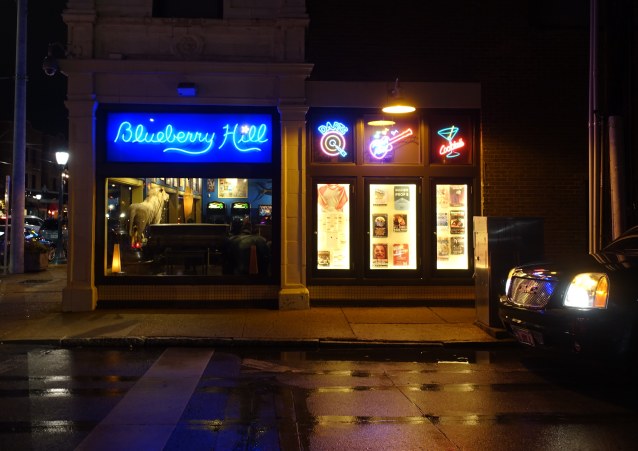
As part of the renewal of its rather desolate downtown area (apart from its famous archway), St Louis has recently opened the National Blues Museum which provides an informative overview of how the music developed during the last century
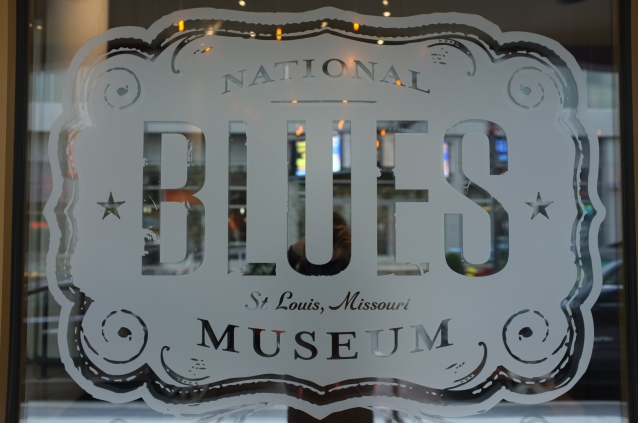
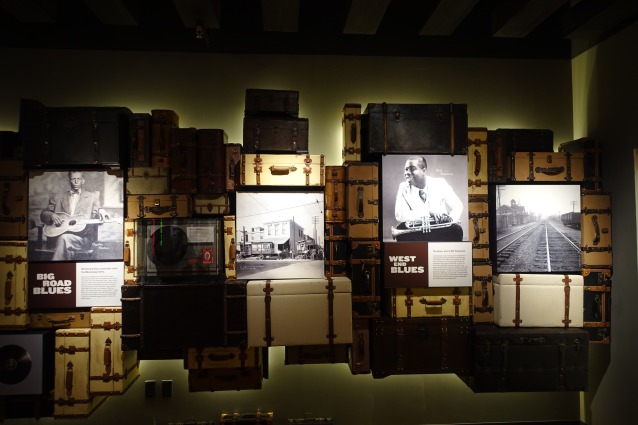
Travelling south east, we headed for Nashville, home of American country music
Nashville
Known as ‘Music City USA’, Nashville does have a thriving and varied music scene, but it is as the home of country music on which its reputation has been built. This reputation was established with the help of the Grand Ole Opry, a weekly live radio broadcast of the best of country music which, having first been broadcast in 1925, continues to this day.

How many country stars can you name from this mural on Lower Broadway?
A walk along Broadway at virtually any time of day provides the opportunity to sample dozens of ‘honky tonk’ music bars where music, drinking and dancing are the main focus.

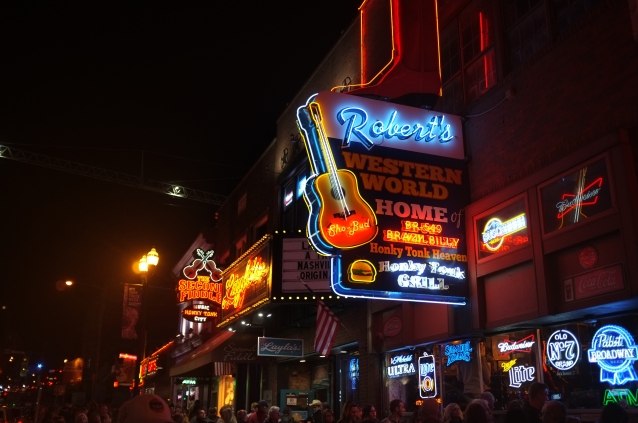

We tried Tootsies where the band worked hard to engage an audience fighting to grab a beer or watch sport on the tv monitors.


Arguably, Nashville has long lost its crown as the centre for new country music to Austin in Texas. Its tourist hordes are happy visiting places like the Country Music Hall of Fame or Grand Ole Opry, or simply going on a drinking crawl of the honky tonk bars along Broadway. The rapidly changing city skyline is now dominated by what has been dubbed the ‘Batman Building’ (officially the A T&T building)

Nevertheless, it is still possible to find some excellent music in more reverent surroundings, such as The Station Inn in the Gulch neighbourhood, where we enjoyed the weekly Sunday evening bluegrass music jam
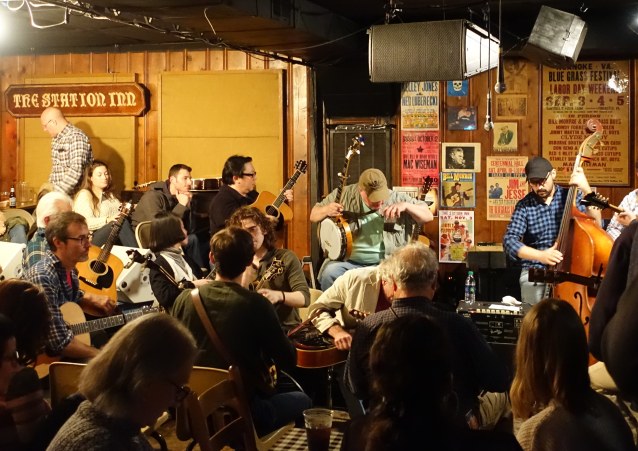
Leaving Nashville, we headed south to Alabama. We were now firmly in the Deep South or what used to be known as the Cotton Belt’
Muscle Shoals

Although Alabama is somewhat notorious for its racial history, and in particular its controversial late Governor, George Wallace, it also boasts two of the finest recording studios of recent decades. Both are based In Muscle Shoals, and both still function as active studios.
Established by Rich Hall in the 1950s is FAME Studio where the house band, the so-called ‘Swampers’, helped develop the Muscle Shoals sound which can be heard on many hits of artists such as Aretha Franklin and Otis Redding.

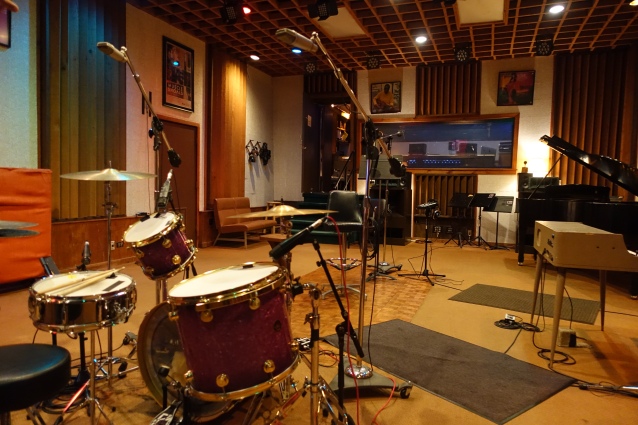
in 1969, The Swampers helped set up a rival studio to Fame, the Muscle Shoals Sound Studio. This has an equally impressive recording history, including the Rolling Stones, Paul Simon, Rod Stewart and Alabama’s own Lynyrd Skynyrd. The rivalry between the two studios is featured on the documentary Muscle Shoals

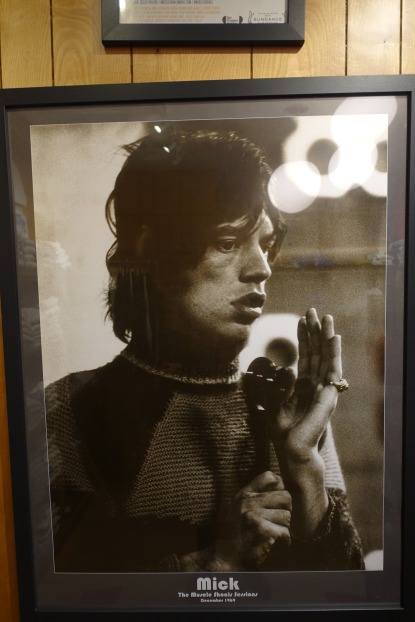
Crossing the state border into Mississippi, we arrived in Tupelo, birthplace of Elvis Presley. The humble two-room bungalow where he was born in 1935 is still standing.
 Elvis found fame by recording in the nearby city of Memphis in the state of Tennesee.
Elvis found fame by recording in the nearby city of Memphis in the state of Tennesee.
Memphis

Elvis Presley
Memphis has a pivotal role in American music history as the place where blues and country music morphed into rock’n’roll. Many musicologists would argue that the recordings made by Elvis Presley at Sam Phillips’s Sun Studios (which were inspired by black rhythm and blues recordings) were responsible for kickstarting rock’n’roll. The legendary Sun recordings of 1954 included Presley’s first hit, That’s All Right Mama, which was the catalyst for launching his career. The studio survives today, mainly as a tourist venue.
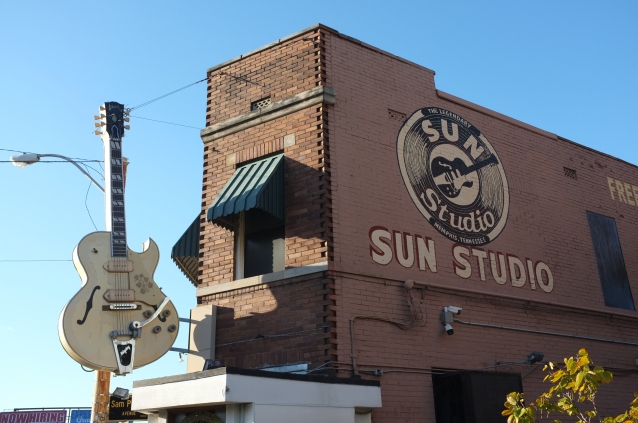

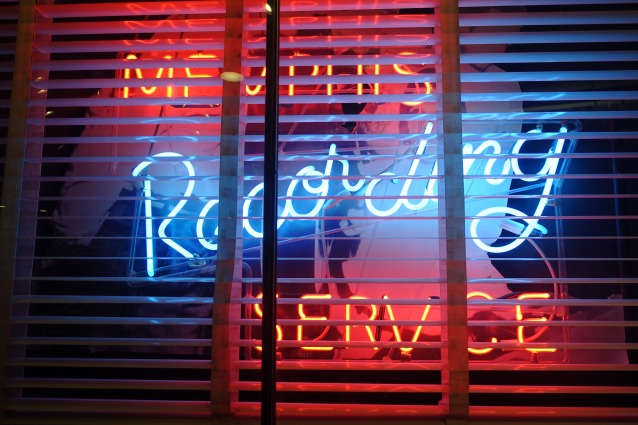
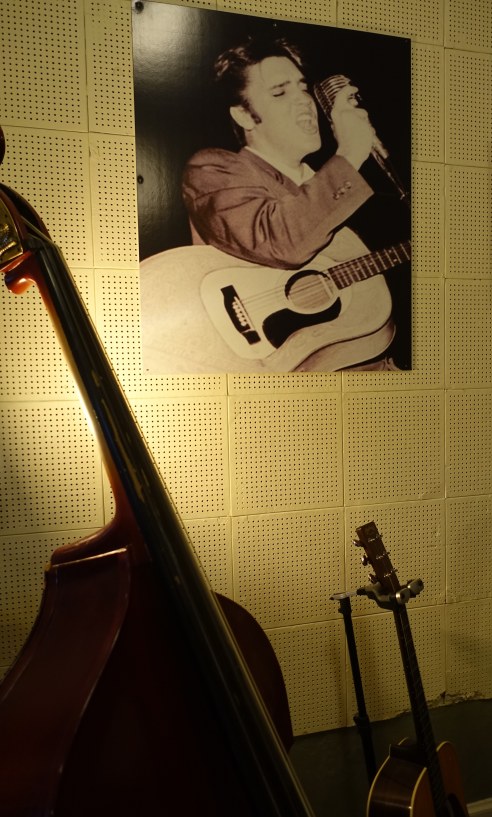
In contrast to the modest bungalow in Tupelo where Presley was born, is Graceland, the Memphis mansion where he died in ignominious circumstances in 1977. It has been transformed into a major tourist attraction, which a little like its subject in later years, is rather tawdry and overblown.


Apart from Graceland, Presley’s presence can be seen in various parts of the city

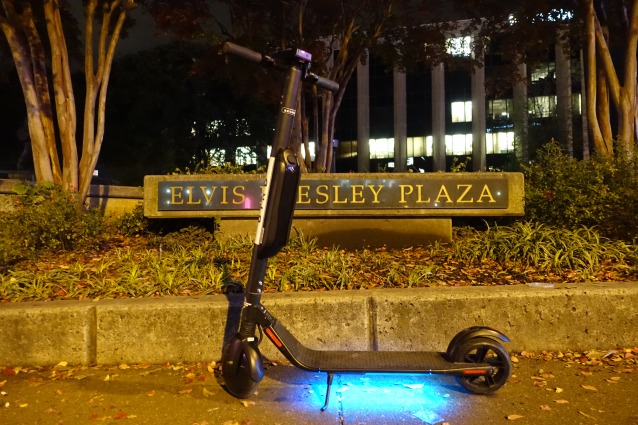
Beale Street
The main centre for live, especially blues, music in Memphis is Beale Street
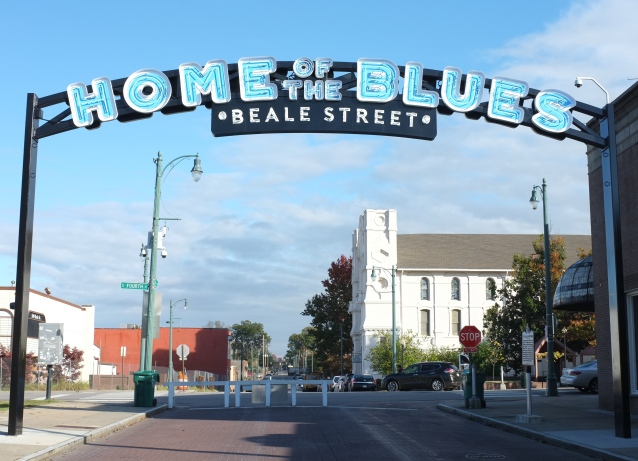

Although now somewhat touristy, the street has an illustrious musical history dating back to the early 20th century. It was here in 1916 that W G Handy, sometimes dubbed the ‘father of the blues’, wrote Beale Street Blues. In later years, many blues artists helped forge the Memphis Blues sound, most notably BB King, who still has a club here named after him.
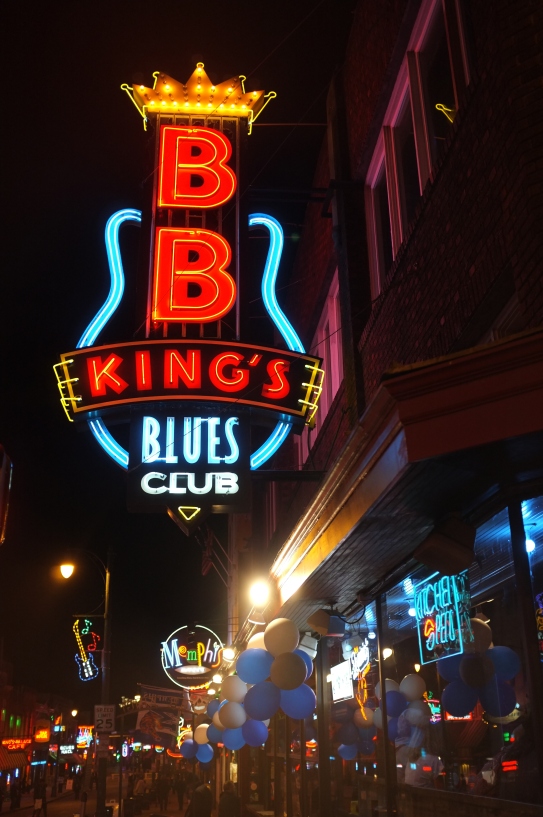
We were able to catch some excellent blues bands at the Rum Boogie Cafe




A short walk from Beale Street is the former Lorraine Motel, where on April 4th 1968, Martin Luther King was assassinated. The motel has been converted into the National Civil Rights Museum

King was shot whilst standing on the right balcony

Learning about the civil rights sit-in protests at Woolworths counters

Sharing a picture in Memphis’s historic Arcade Restaurant close to the Civil Rights Museum
Mississippi Blues Trail
The trail comprises a series of historical markers which identify the places deemed to be of greatest significance in the development of the blues. Whilst not exclusively within Mississippi, the large majority of the markers can be found in the state where the (delta blues) music took shape. It has been suggested that the blues originated at the Dockery Cotton Plantation



Highway 61
Route 61 closely follows the Mississippi from New Orleans towards Canada. It is often referred to as the Blues Highway, as it was travelled and referenced by many blues singers, most notably Robert Johnson, a legendary blues performer. He is said to have sold his soul to the devil at the interchange of Highways 61 and 49 in return for being granted mastery of the blues guitar.


The fabled crossroads just outside Clarksdale
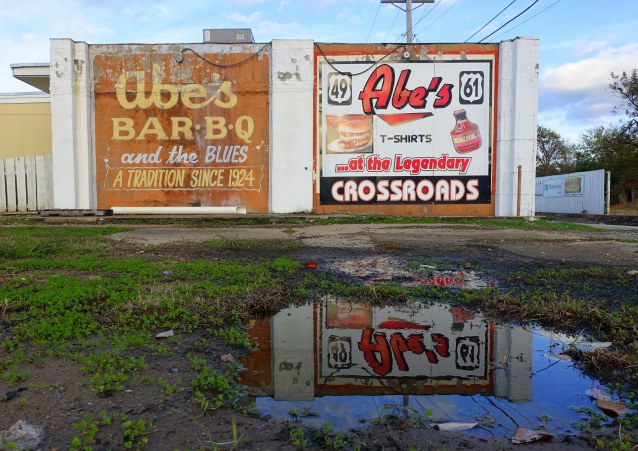
Clarksdale
Probably the best place to still hear live blues in Mississippi is in Clarksdale. Muddy Waters grew up close to the town, which was also the birthplace of soul singer Sam Cooke. Bessie Smith, arguably the greatest ever female blues singer, died in Clarksdale following a car accident in 1937. Fittingly the Delta Blues Museum now occupies the old Clarksdale railroad depot. The town has a distinctive character with a blend of older buildings, such as the old greyhound bus depot, as well as a range of bars and shops catering to the blues
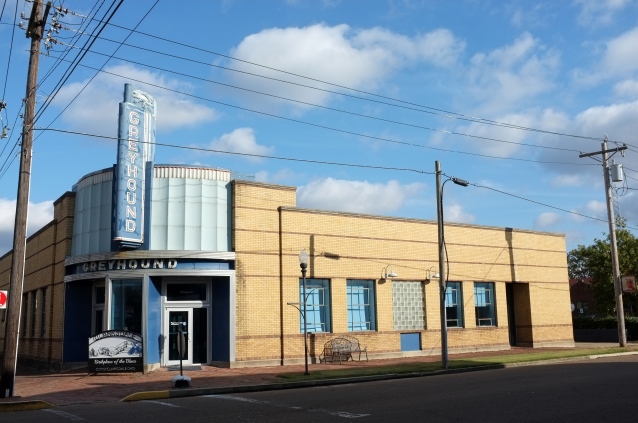



Ground Zero Blues Club part owned by Morgan Freeman
We were fortunate to be able to catch local blues prodigy, 19 year old Christone ‘Kingfish’ Ingram, at Reds Lounge, a blues bar akin to the old juke joints which flourished during the heyday of the delta blues. It was a privilege to be able to enjoy such a brilliant blues musician in such an intimate setting (there were no more than twenty others present during the evening). Here’s a link to the performance

From Clarksdale to Jackson
Leaving Clarksdale, our first stop was to visit the grave of Sonny Boy Williamson in a remote graveyard just outside Tutweiler. A notable harmonica player, he toured and recorded with English bands such as the Yardbirds during the 1960s.


In Leland, we visited the Highway 61 Blues museum and were treated to a short solo performance by Raymond ‘Pat’ Thomas, son of James ‘Son’ Thomas, a major blues recording artist.
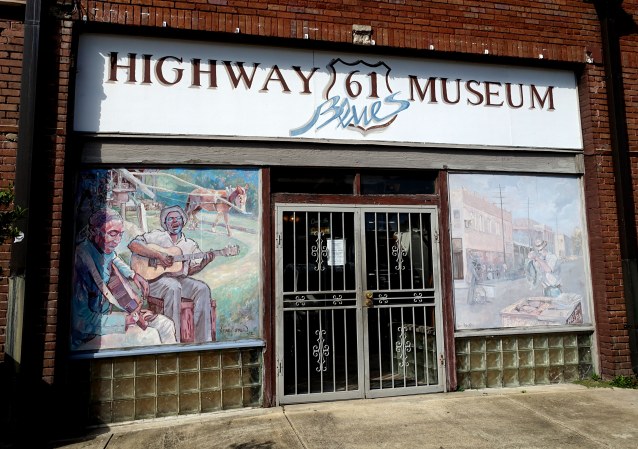

Further south, we passed through towns such as Yazoo which had an attractive high street but little sign of life beyond music being streamed over a tannoy system.

In Bentonia, we stopped by the Blue Front Cafe, one of the few surviving juke joints in the south

Our Mississippi blues journey ended in Jackson, the state capital. The state featured very prominently in the civil rights struggle, which is superbly represented in the Mississippi Civil Rights Museum
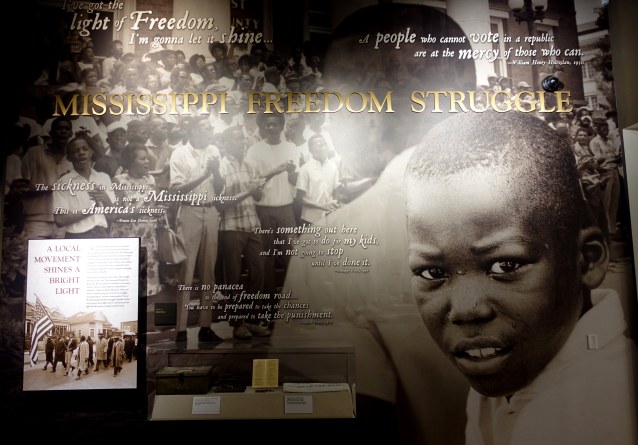

There was just time to enjoy a stack of pancakes at Brents Drugs, one of the few remaining authentic diners in Jackson, before boarding the Amtrak train for New Orleans

